GREATEST FLYING MACHINES EVER CREATED
Added on: 23rd Dec 2016
BAMBOO-COPTER

One of the world´s oldest flying machines, the
bamboo-copter (also known as bamboo dragonfly or
Chinese top) is a toy helicopter rotor that flies up when
its shaft is rapidly spun. Invented in China around
400 BCE, the bamboo-copter consisted of feathers at
the end of a bamboo stick, which was rapidly spun
between the hands and released into flight.
SKY LANTERN
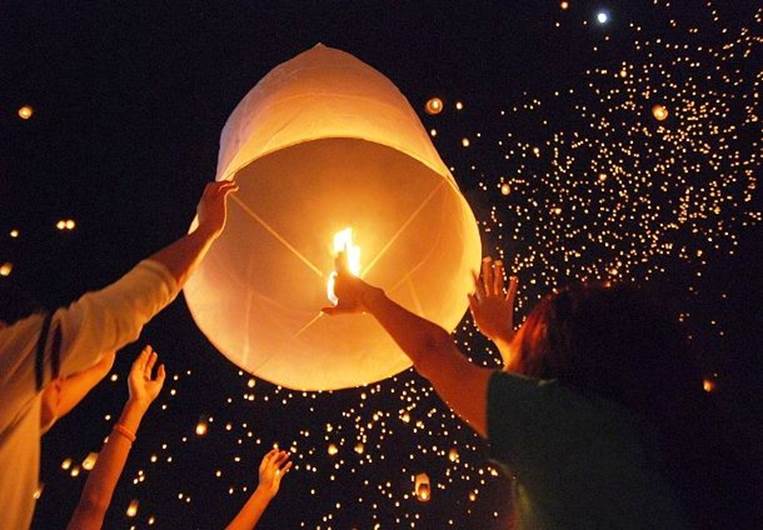
The sky lantern is a small hot air balloon made of paper
and a wooden frame with an opening at the bottom
where a small fire is suspended. It is estimated the
Chinese experimented with sky lanterns from as early
as the 3rd century BCE, but traditionally, their invention
is attributed to the sage and military strategist
Zhuge Liang (181–234 AD).
HOT AIR BALLOON
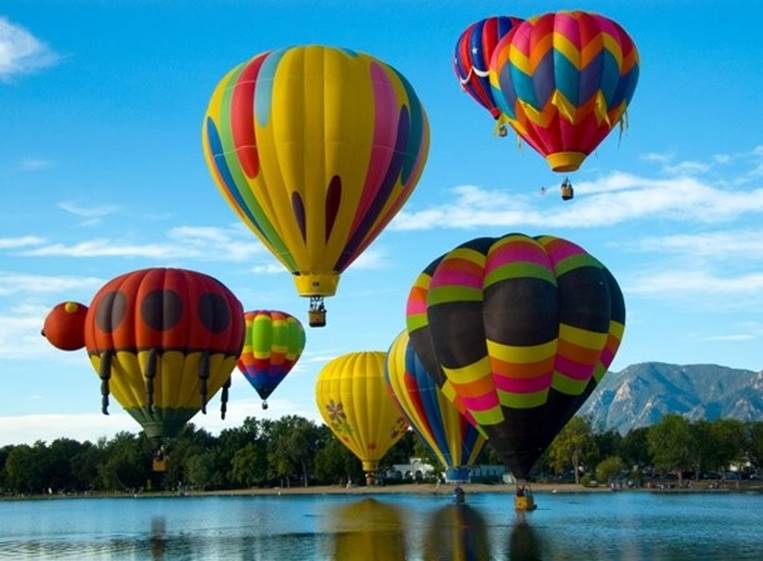
The hot air balloon is the first successful human-carrying
flight technology. The first untethered manned hot air
balloon flight was performed by Jean-François Pilâtre de
Rozier and François Laurent d’Arlandes in 1783 in Paris
in a balloon created by the Montgolfier brothers. Modern
hot air balloons can travel thousands of miles. In fact,
the longest recorded hot air balloon flight was
7,672 km (4,767 mi) from Japan to Northern Canada.
SOLAR BALLOON
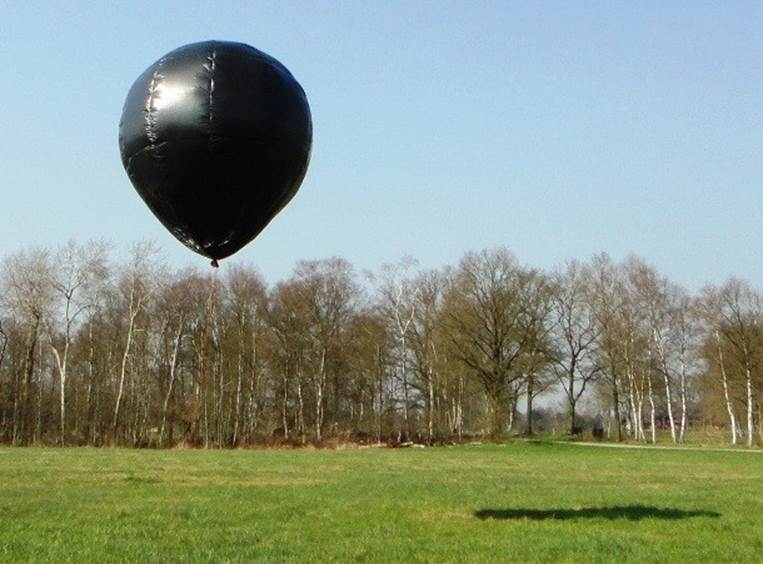
Technically a type of the hot air balloon, the solar balloon
gains buoyancy when the air inside is heated by solar
radiation, usually with the help of black or dark balloon
material. The heated air inside the solar balloon expands
and has lower density than the surrounding air. Usage
of solar balloons is mostly in the toy market, but some
solar balloons are large enough for human flights.
ORNITHOPTER

Inspired by the flight of birds, bats, and insects, the
ornithopter is an aircraft that flies by flapping its wings.
Most ornithopters are unmanned, but manned ornithopters
have also been built. One of the earliest ornithopter
concepts were designed by Leonardo da Vinci as early
as in the 15th century. In 1894, Otto Lilienthal, German
aviation pioneer, performed what is considered the first
manned ornithopter flight.
PARACHUTE
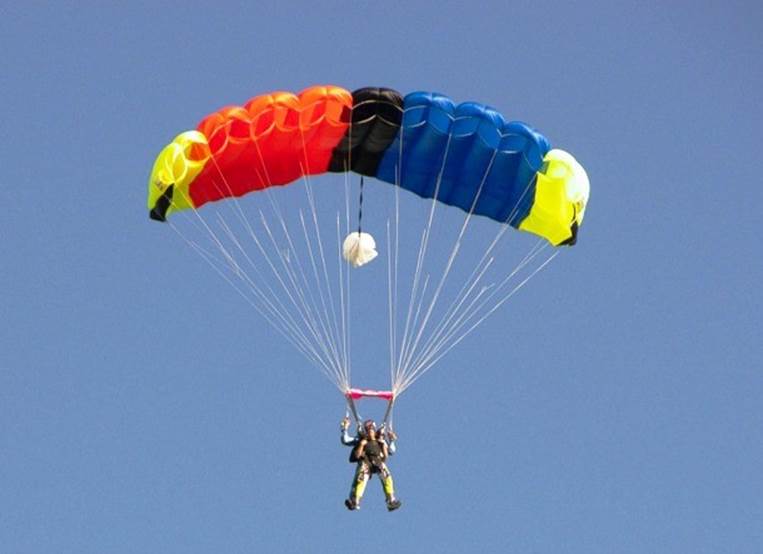
Made from light strong cloth such as nylon, the
parachute is a device used to slow the motion of an
object through an atmosphere by creating drag
(or in the case of ram-air parachutes, aerodynamic
lift). The oldest parachute design appears in an
anonymous manuscript from the 1470’s Renaissance
Italy. These days, parachutes are used with a variety
of loads, including people, food, equipment, space
capsules and even bombs.
KITE
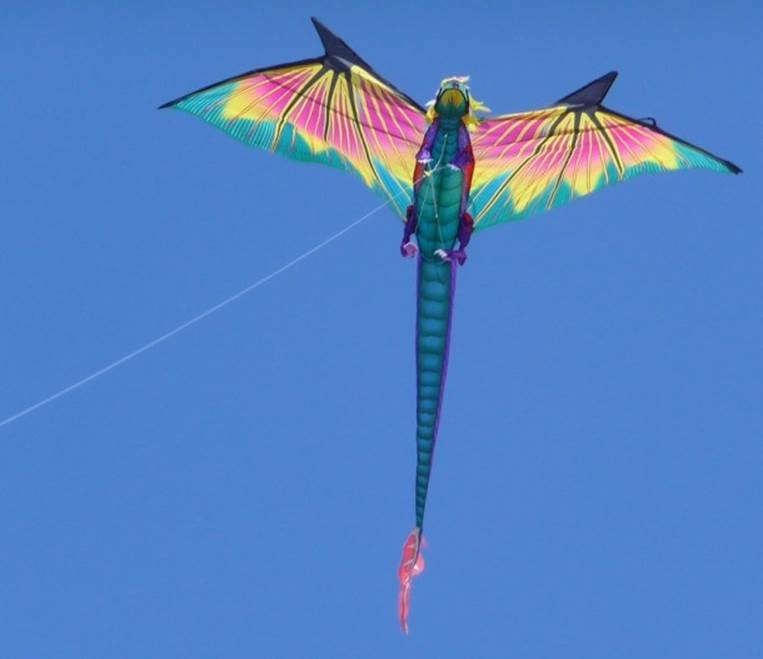
Originally constructed by stretching silk over a split
bamboo framework, the kite was invented in China in
the 5th century BCE. Over the course of time, many
other cultures adopted the device, and some of them
even further developed this simple flying machine.
For example, man-carrying kites are believed to have
existed in ancient China and Japan.
AIRSHIP

The first aircraft capable of controlled powered flip, the
airship is a type of a lighter-than-air aircraft that can
navigate through the air under its own power. In
early airships, the lifting gas used was hydrogen, but
in most airships built since the 1960’s, helium has
been used as the lifting gas. The airship might also
have engines and crew and/or payload accommodation,
typically housed in one or more “gondolas”
suspended below the gas bag.
GLIDER

The glider is a heavier-than-air aircraft that is supported
in flight by the dynamic reaction of the air against its
lifting surfaces, i.e. it does not depend on an engine.
Therefore, most gliders do not have an engine, although
some gliders might have engines to extend their
flight when necessary and also to take off. Most
gliders exploit meteorological phenomena such
as ridge lift to maintain or even gain height.

Comment on this